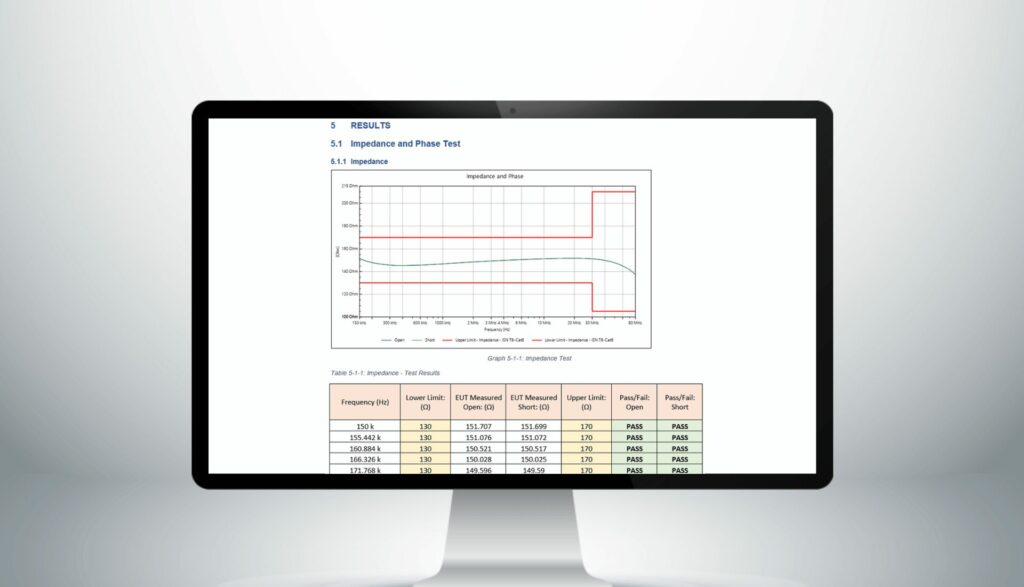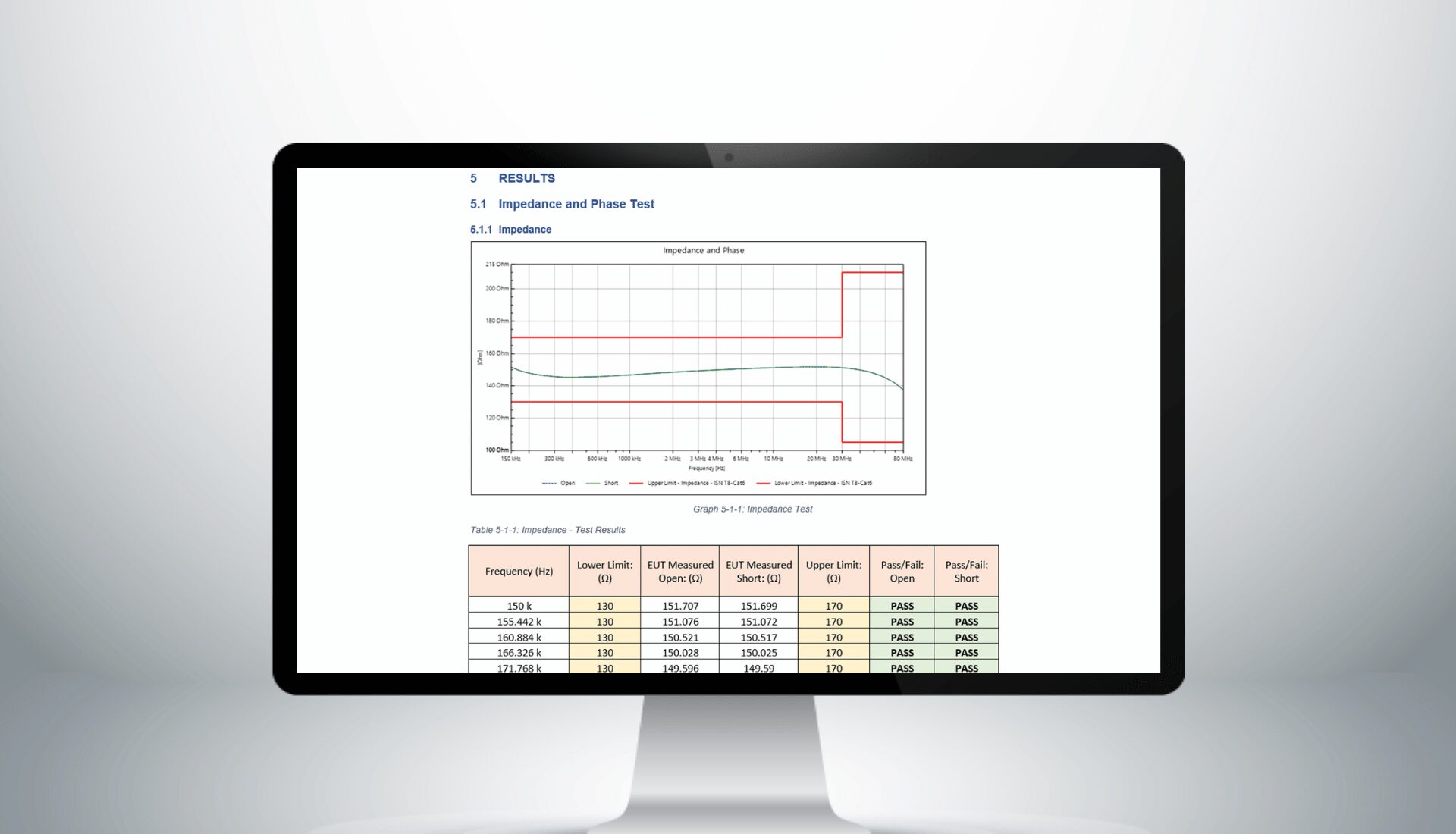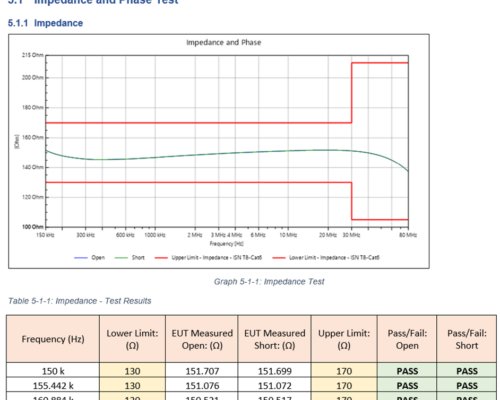
Applicable standards
The main applicable standards include :
- CISPR 16 International standard for radio emission measuring instruments.
- IEC 61000-4-6 Civilian standard for immunity to electromagnetic disturbances.
- ISO 7637 Electromagnetic compatibility standard for road vehicles.
User benefits
- Improved Compliance By using a VNA with LISN and CDN, companies can ensure that their products comply with EMC standards, facilitating their acceptance on international markets.
- Shorter test times More accurate measurements and efficient test equipment can reduce the time needed to test and certify products.
- Product Optimization A better understanding of the electromagnetic performance of products enables their design to be optimized to minimize interference.
- Reduced development costs By identifying and correcting EMC problems earlier in the development cycle, companies can reduce the costs associated with product returns and post-market modifications.
There’s no need to send your equipment to an accredited laboratory to check your CDN or LISN.
You can do it yourself, in-house, to save time and money.
VNA
Metrology with a VNA, for control of LISN, CDN and cables, is an essential tool for ensuring the electromagnetic compatibility of products, overcoming complex challenges and delivering significant gains in terms of compliance, performance and cost.

